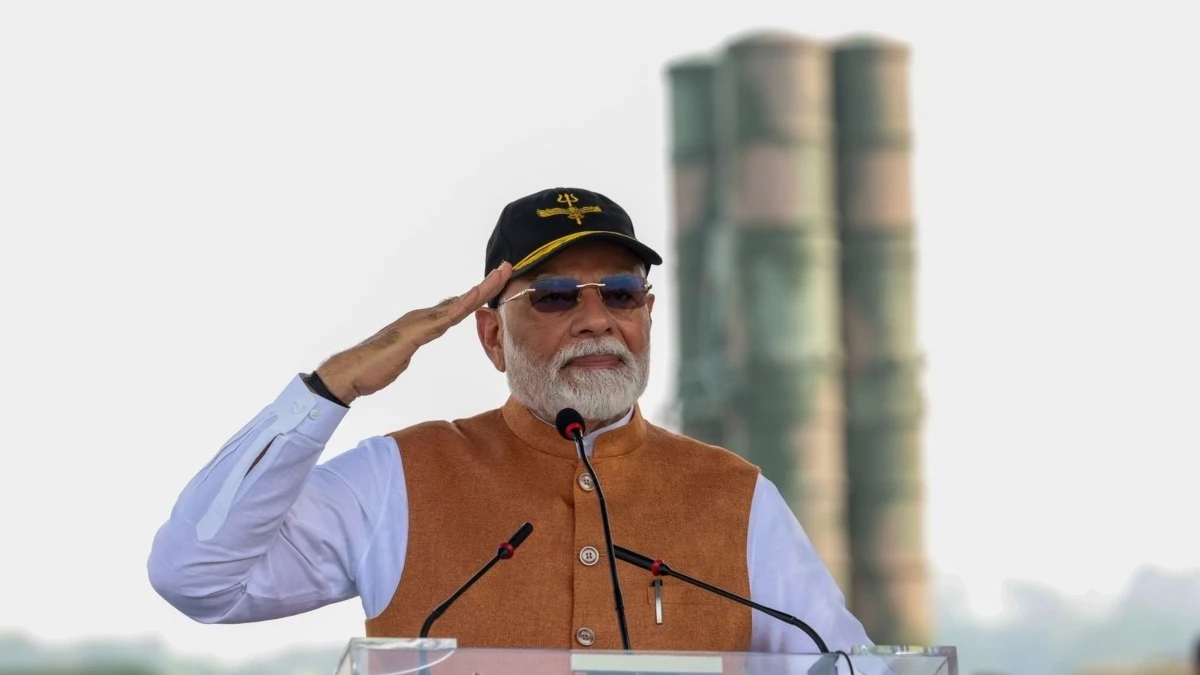Indian Prime Minister Narendra Modi’s visit to the Adampur airbase, where he posed in front of an S-400 launcher, was intended to challenge Pakistan’s claim of having neutralized an advanced S-400 system.
Missing Components Spark Speculation
The photo-op lacked any visible radar or command-and-control units, which are critical parts of the S-400 system. Analysts, including US-based expert Christopher Clary, highlighted that in modern air strikes, command centers and radar are the primary targets—not necessarily the missile launchers themselves.
Comparisons were drawn to similar destroyed S-400 units seen during the Russia-Ukraine war. This has sparked speculation that Pakistan’s precision strikes may have successfully targeted those vital elements rather than the launcher.
Read: Indian Attacks Kill 51 in Pakistan, Ceasefire Under Strain
Pakistan’s Hypersonic Strike Claim
On Saturday, Pakistan released visuals of a JF-17 Block III jet armed with CM-400AKG missiles—marking their first confirmed deployment.
The CM-400AKG is believed to fly at speeds exceeding Mach 4, using a high-altitude trajectory to strike from above. This approach makes it suitable for targeting air defence systems, especially radar and control components. Its passive radar seeker allows it to home in on radar emissions, increasing its lethality against systems like the S-400.
Strategic Implications
The S-400, developed by Russia’s Almaz-Antey, includes two batteries per system. Each battery consists of command units, two types of radar, and four launchers.
Follow us on Google News, Instagram, YouTube, Facebook,Whats App, and TikTok for latest updates
